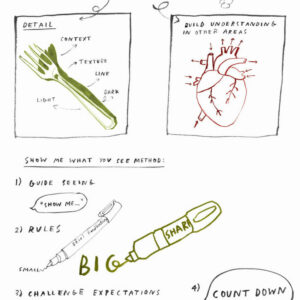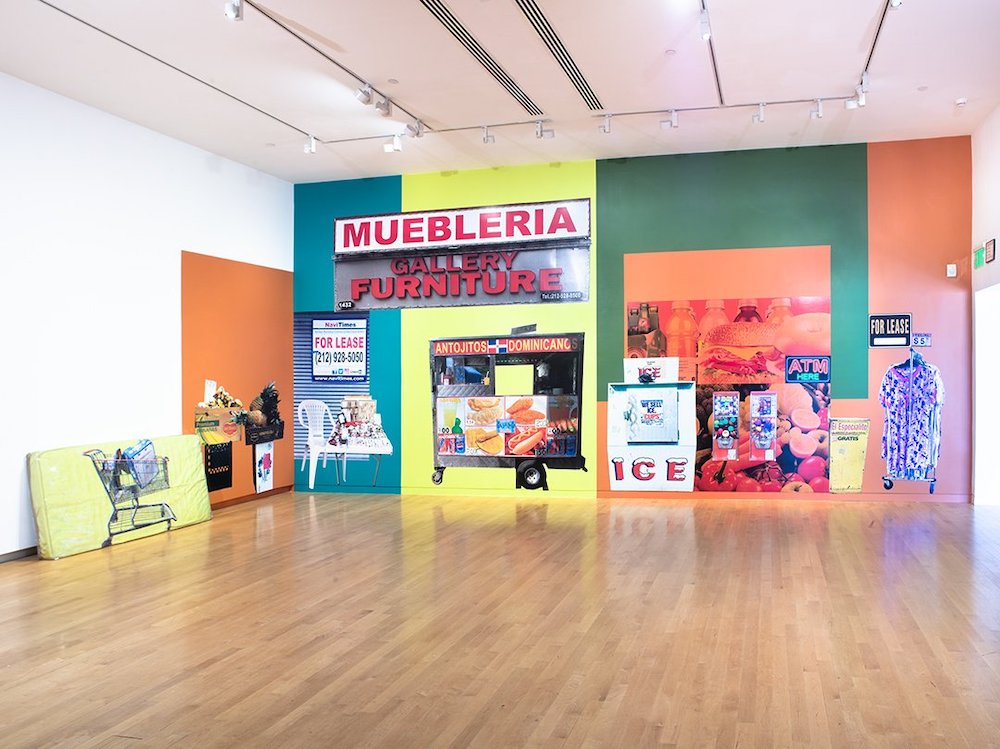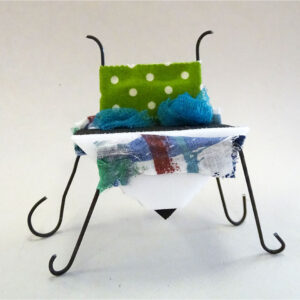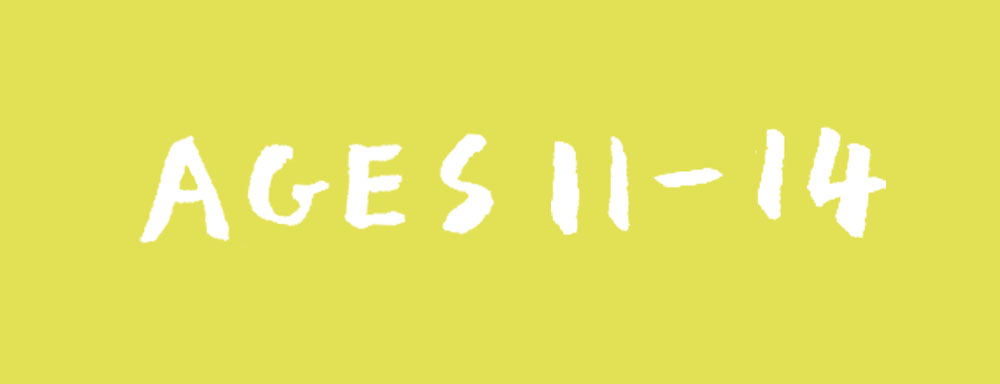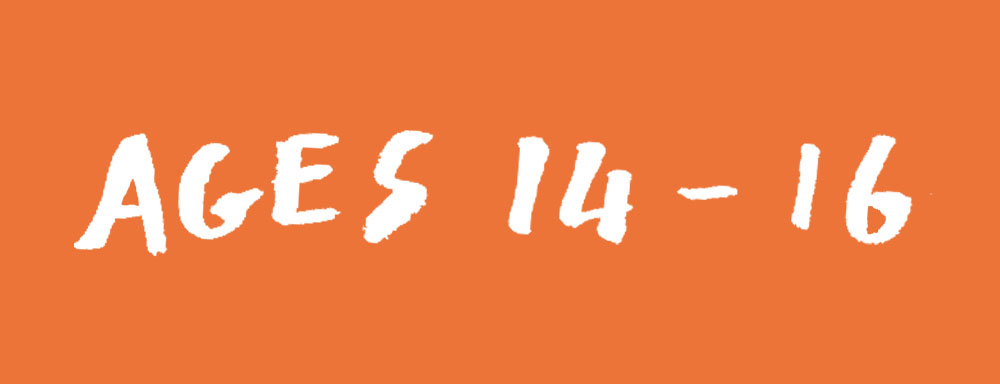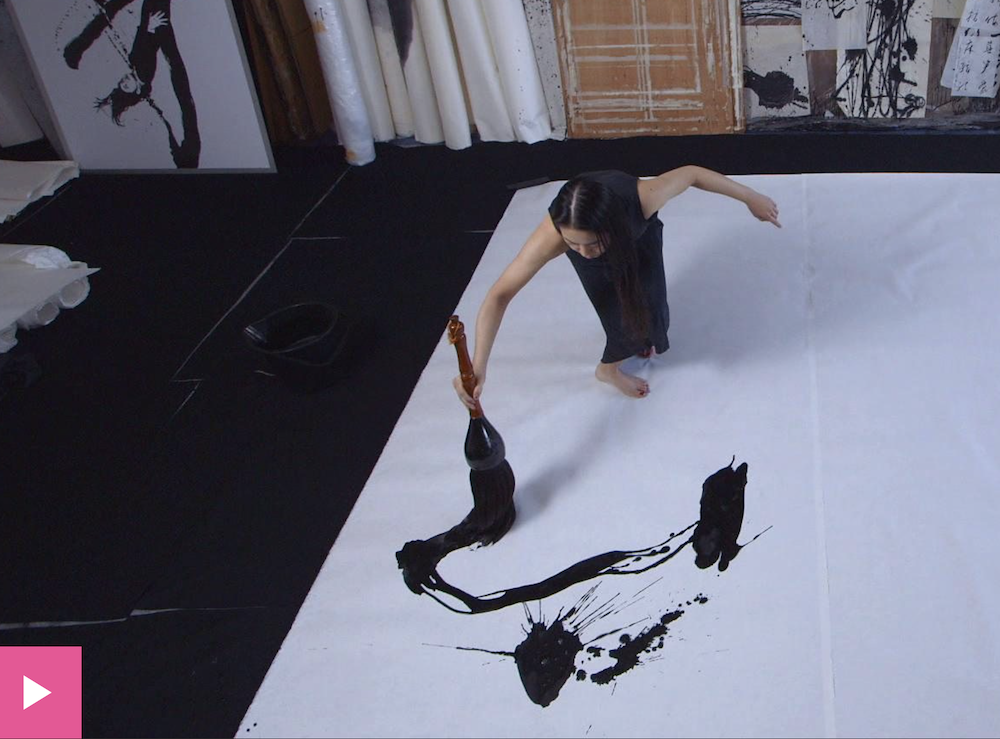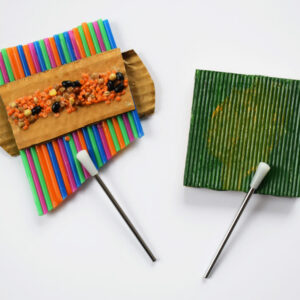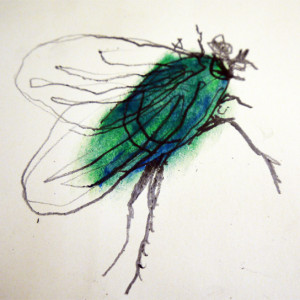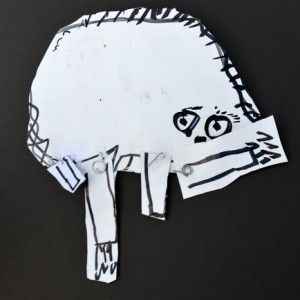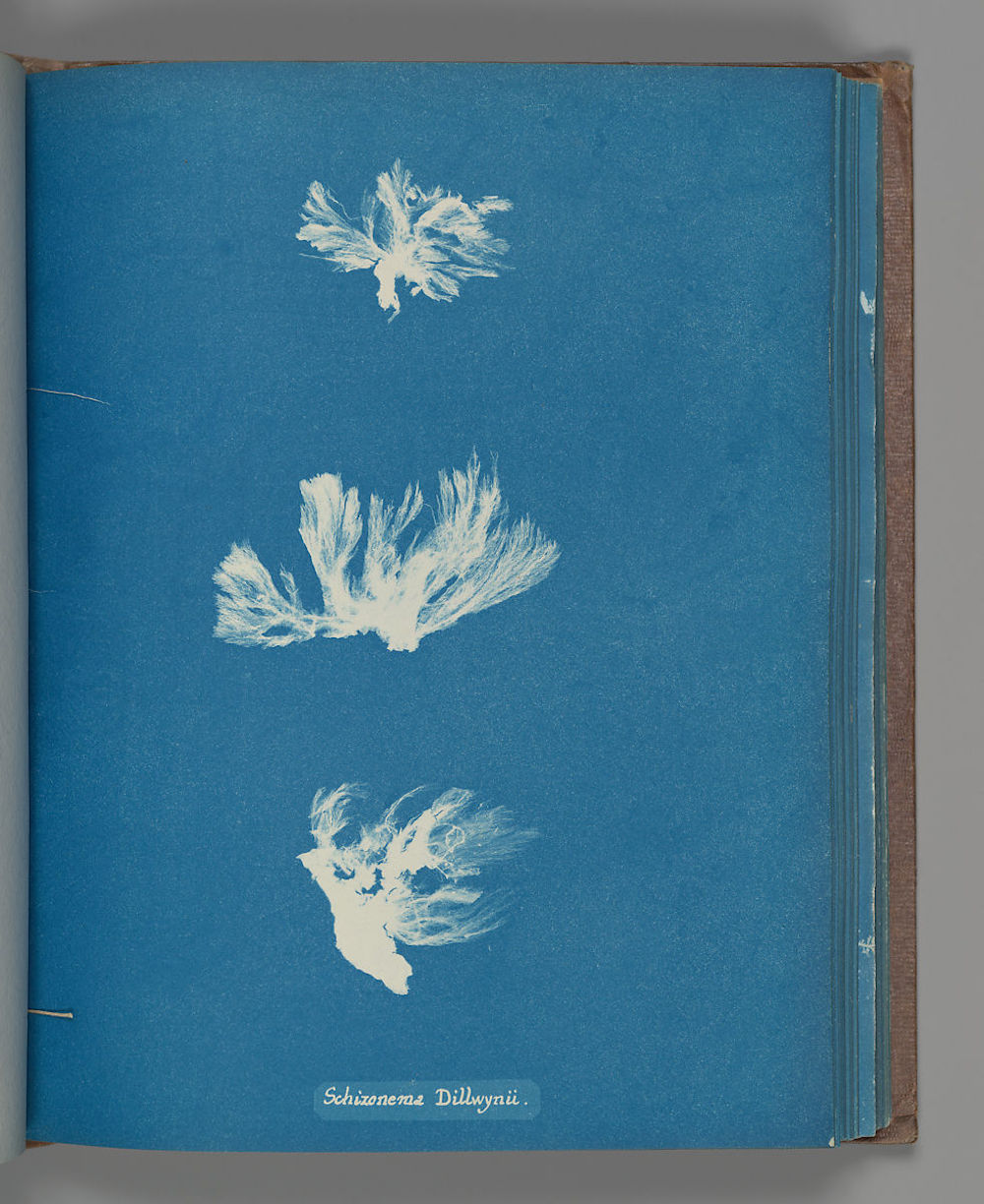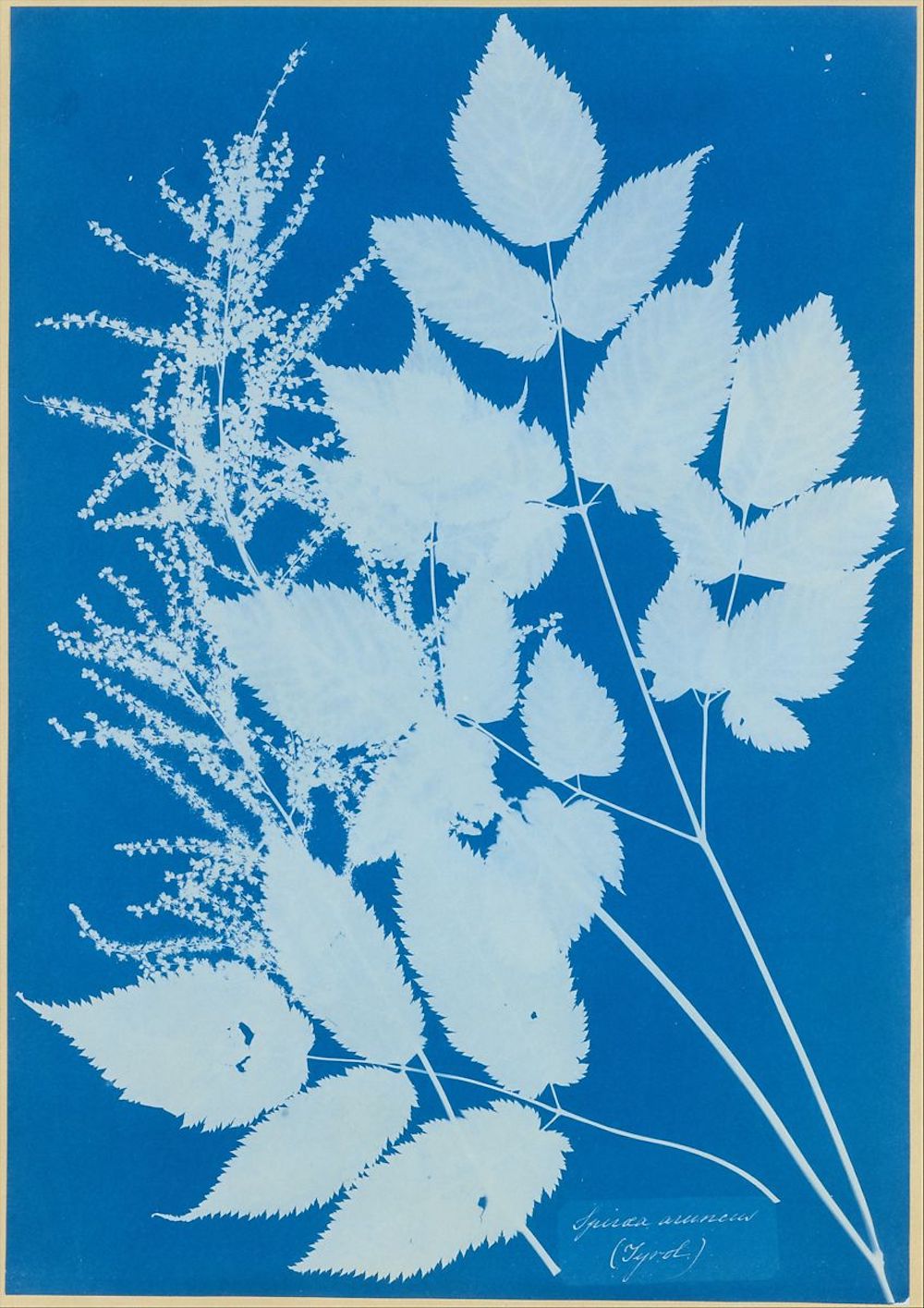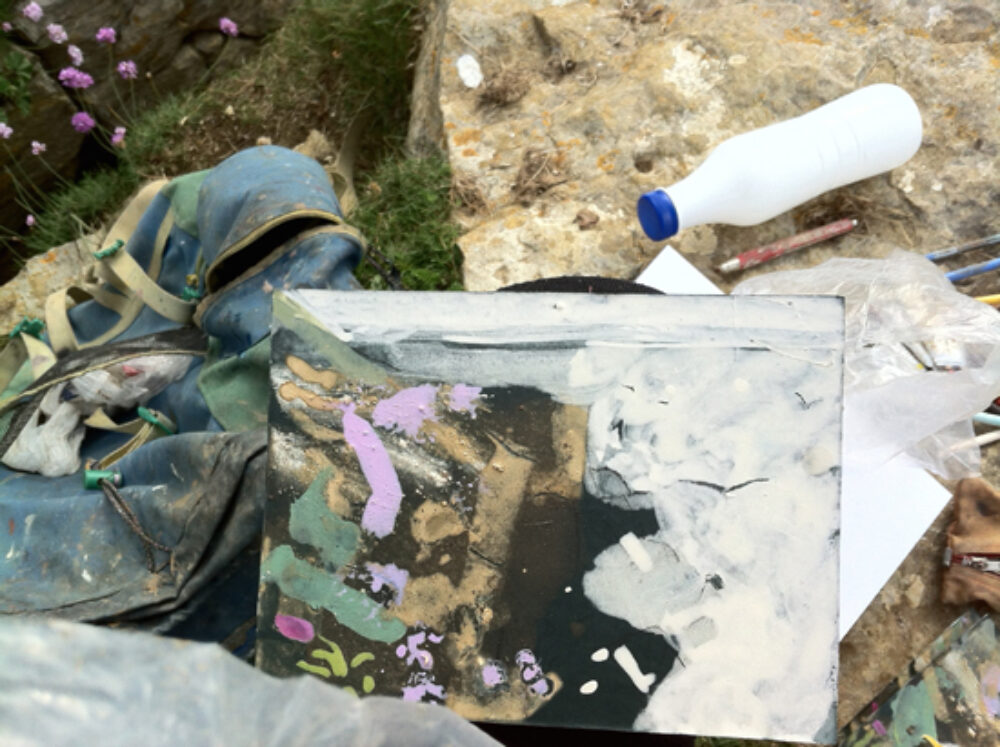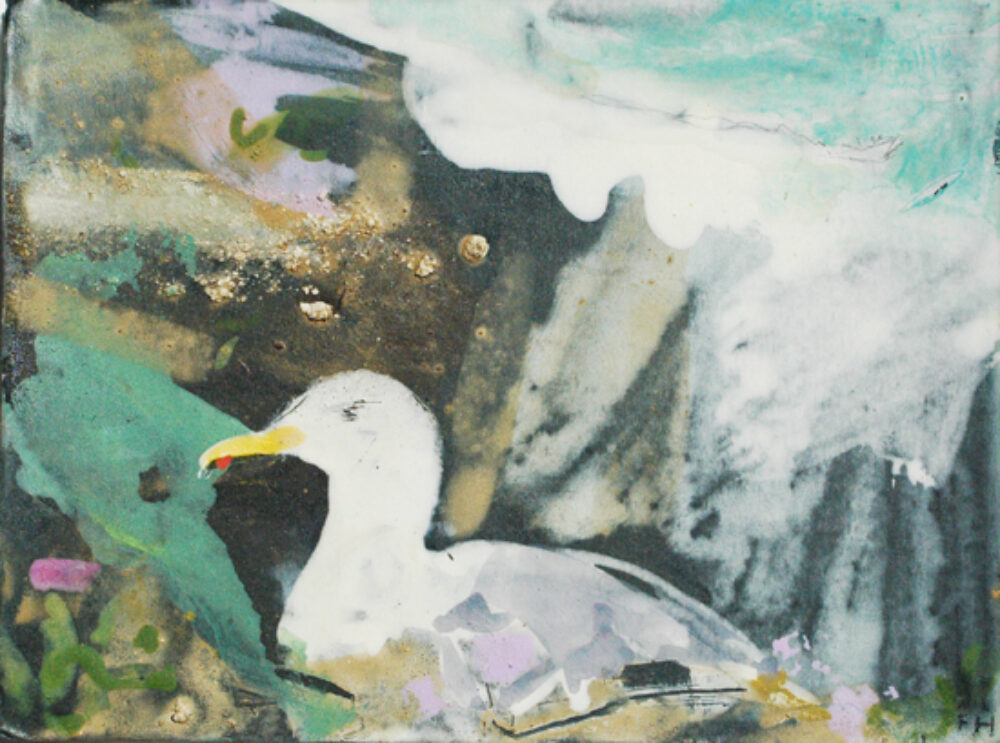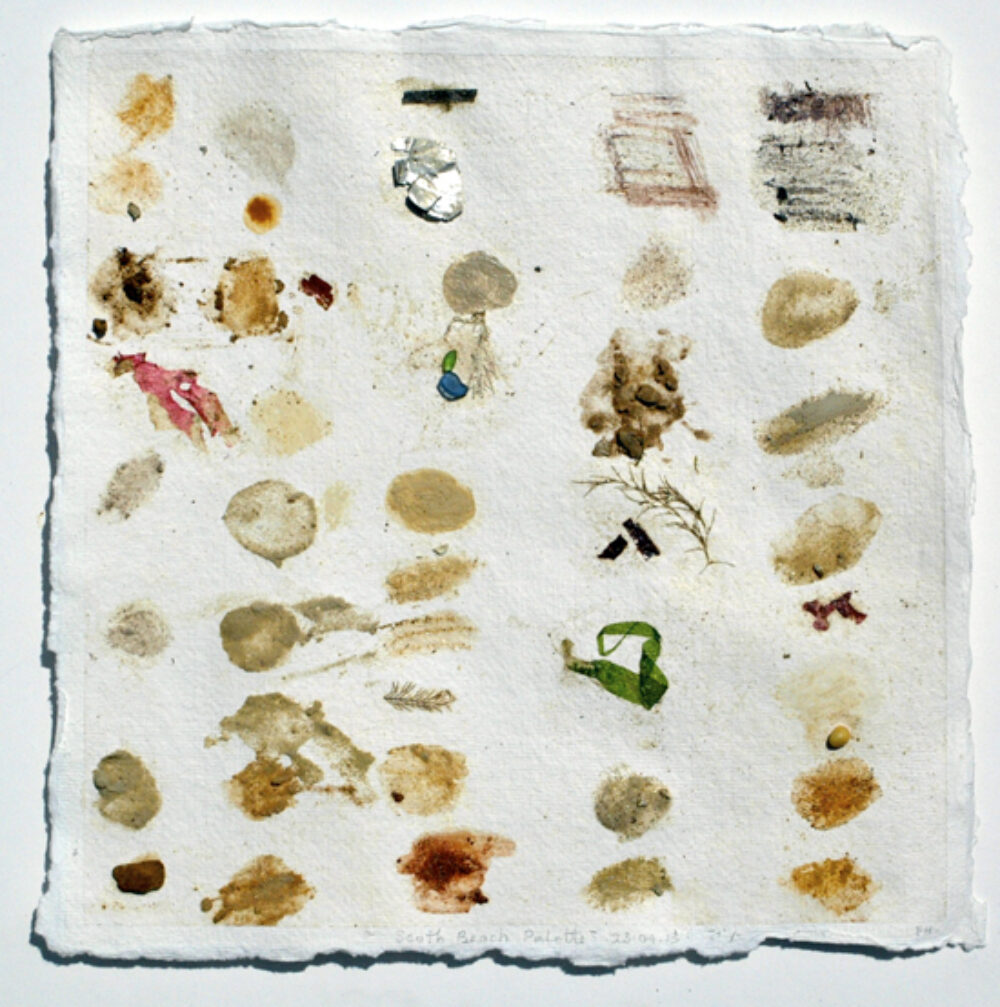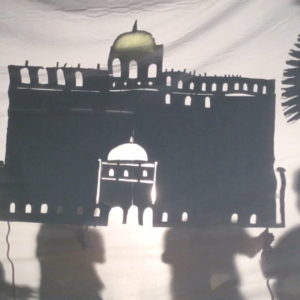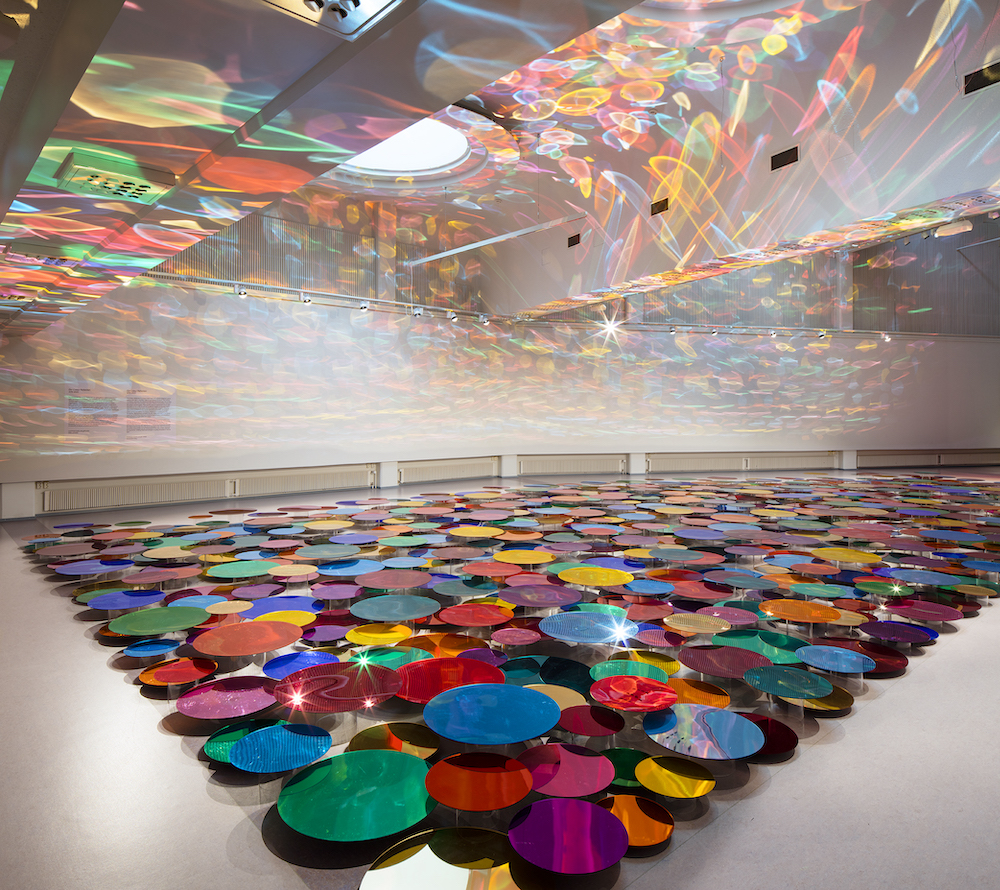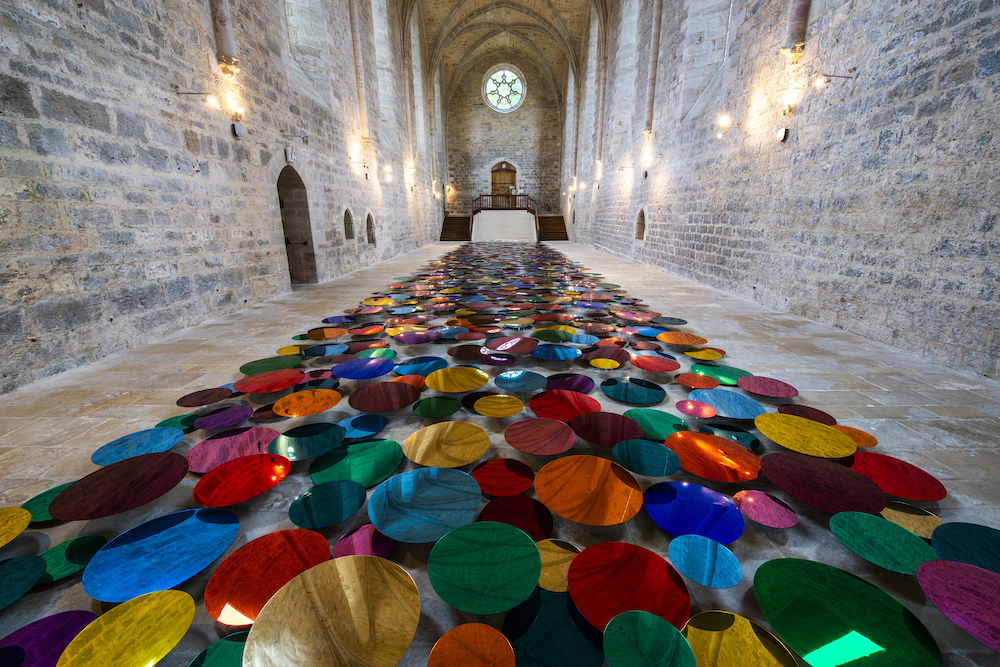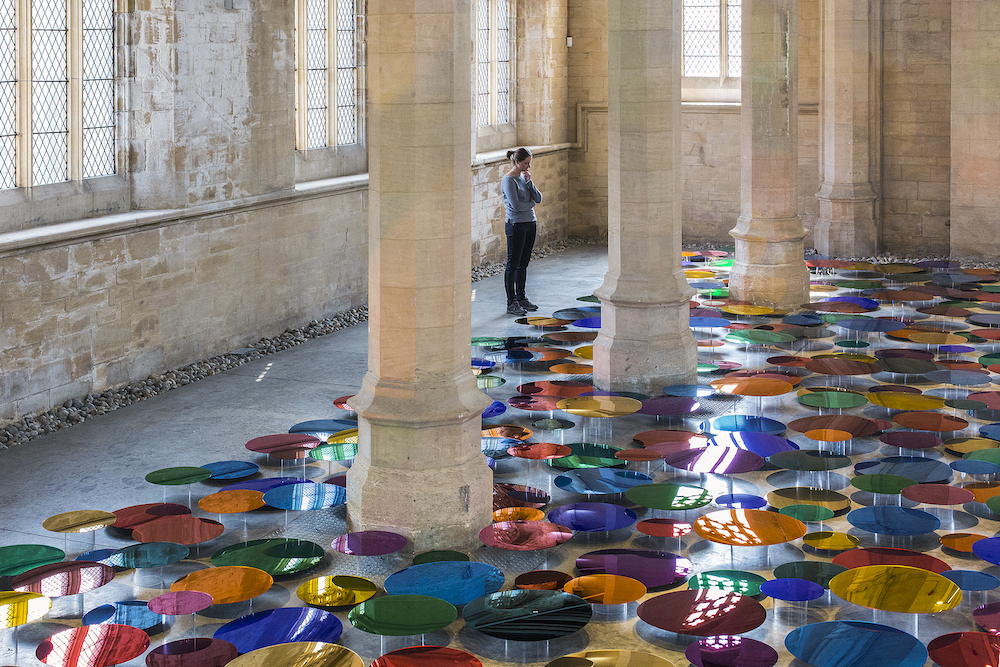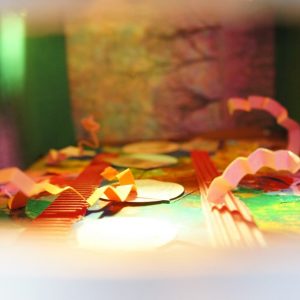A collection of sources to explore the work of Alice Kettle.
Please note that this page contains links to external websites and has videos from external websites embedded. At the time of creating, AccessArt checked all links to ensure content is appropriate for teachers to access. However external websites and videos are updated and that is beyond our control.
Please let us know if you find a 404 link, or if you feel content is no longer appropriate.
We strongly recommend as part of good teaching practice that teachers watch all videos and visit all websites before sharing with a class. On occasion there may be elements of a video you would prefer not to show to your class and it is the teacher’s responsibility to ensure content is appropriate. Many thanks.
*If you are having issues viewing videos it may be due to your schools firewall or your cookie selection. Please check with your IT department.*
This resource is free to access and is not a part of AccessArt membership.





Alice Kettle
Alice Kettle is a contemporary textile/fibre artist based in the UK. Alice originally trained as a painter and will often begin her work with a painted background which she then embroiders on. Her large scale work is composed of individual tiny stitches, which combine to form great swathes of colour, painterly backgrounds incorporating rich hues.
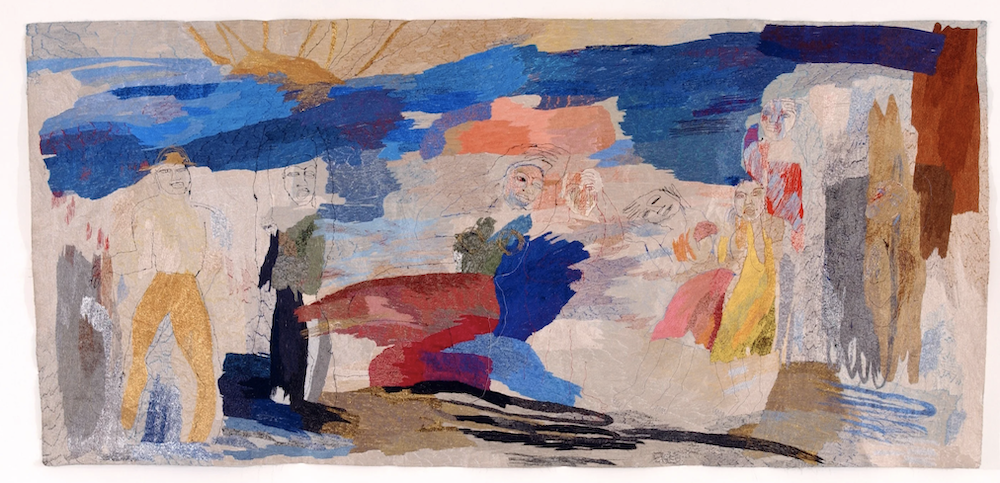
Alice Kettle, Odyssey, thread on canvas (2003)
The Scalloped Edge
“The project uses stitch as a common cultural language to make connections through motif, process and metaphor. The sharing and exchange of the tacit knowledge with the local community in a series of collaborative works forms an important part of this collection.
Embroidery in Madeira as with British stitchwork, is undertaken primarily by women. The exhibition uses distinctive elements of Madeiran embroidery reinterpreted into my contemporary works in machine and hand stitch. Titled the scalloped edge, which is a feature of this embroidery, it draws upon the characteristic palette of white or blue and the repeated flowing lines in satin stitch and long-and-short stitch.” – Alice Kettle
Watch the first 4 minutes of this video about the project.
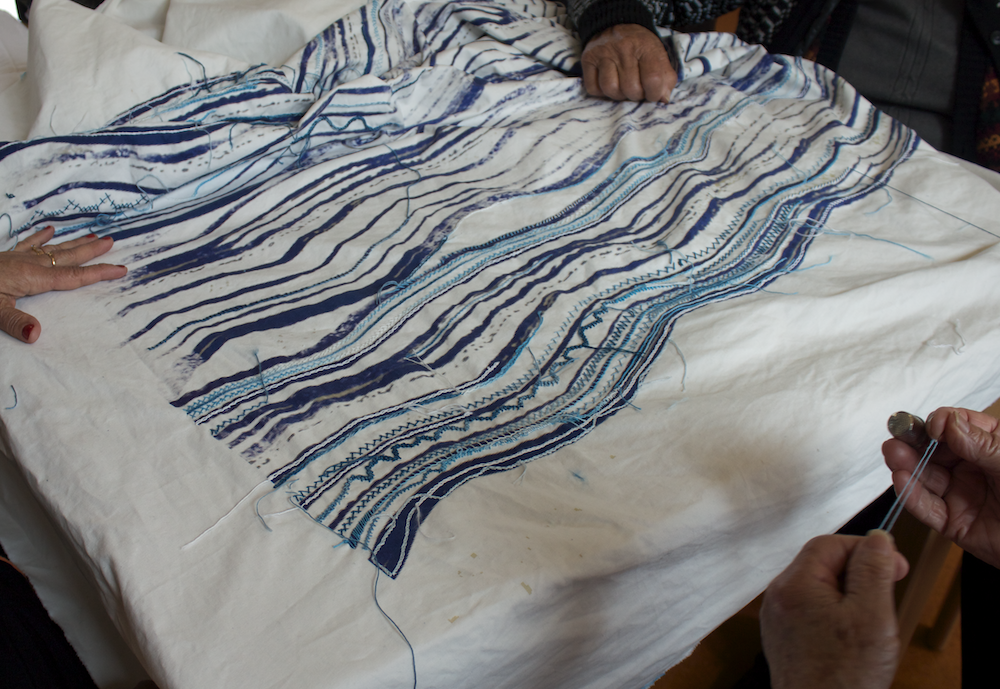

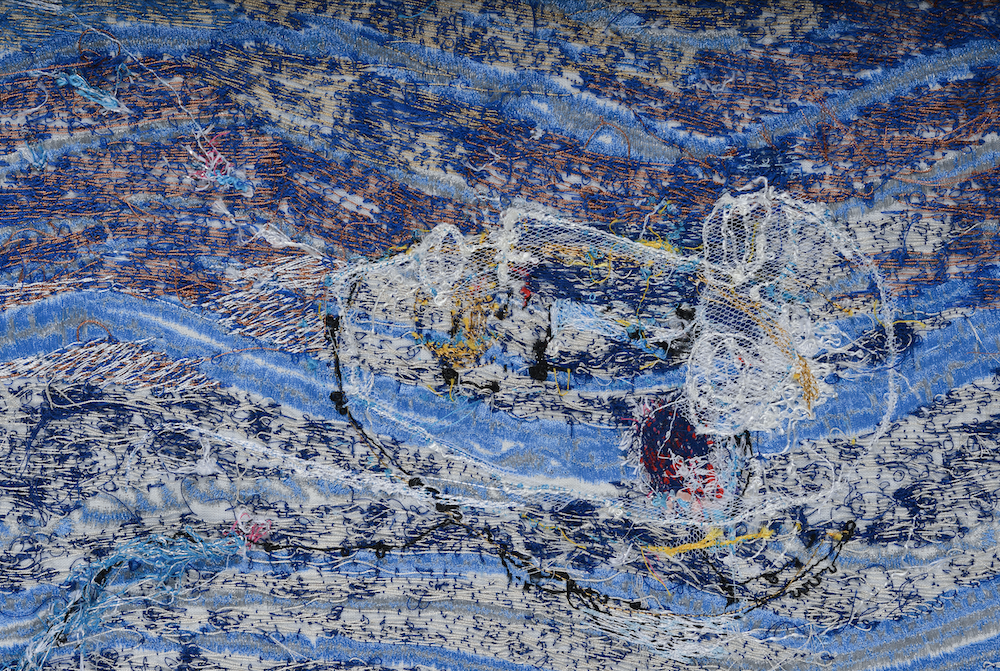
Sea Figure, Alice Kettle, 2016, Thread on linen, 223 x 128 cm
Questions to Ask Children
How does the work make you feel?
How do you think that collaboration benefitted the community and the artist?
What connections can you see to the sea in these works?
How does scale impact the viewers experience of the work?
Threadbound
Watch this video to find out more about Alice’s recent collection for the exhibition ‘Threadbound’.
Questions to Ask Children
What do you like/dislike about the work that you can see in this video?
Did one textiles piece stick in your mind? Why?
If you combined an image of yourself with a plant, what would you choose? Why?
This Talking Points Is Used In…
Pathway: Cloth, thread, paint
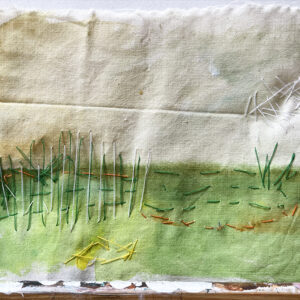
using sketchbooks to make visual notes
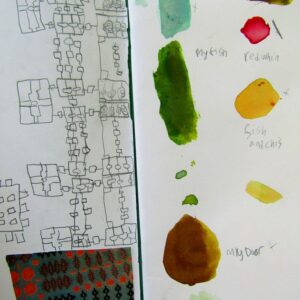
Show me what you see
